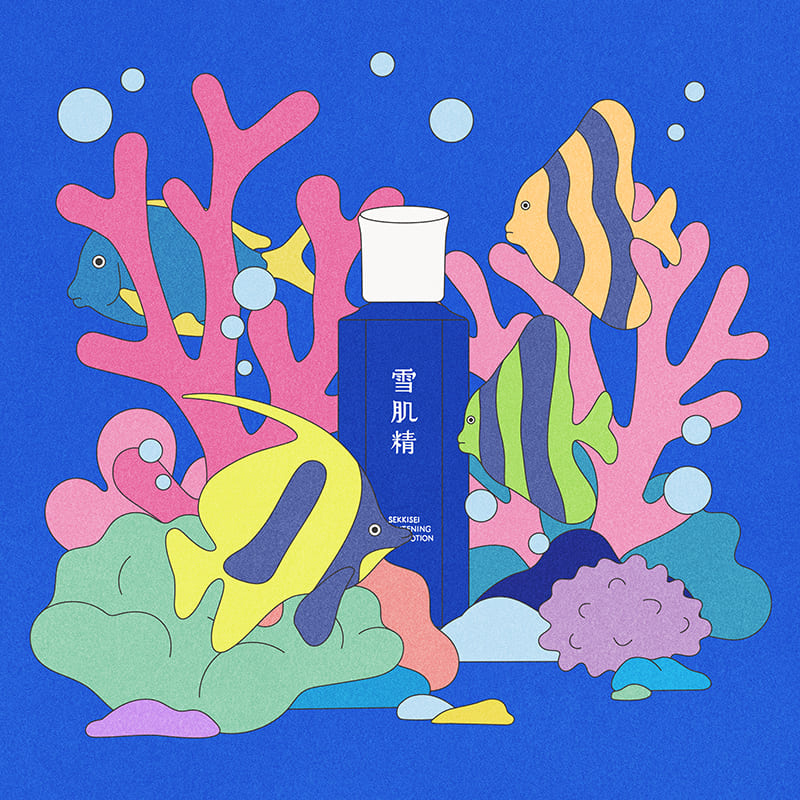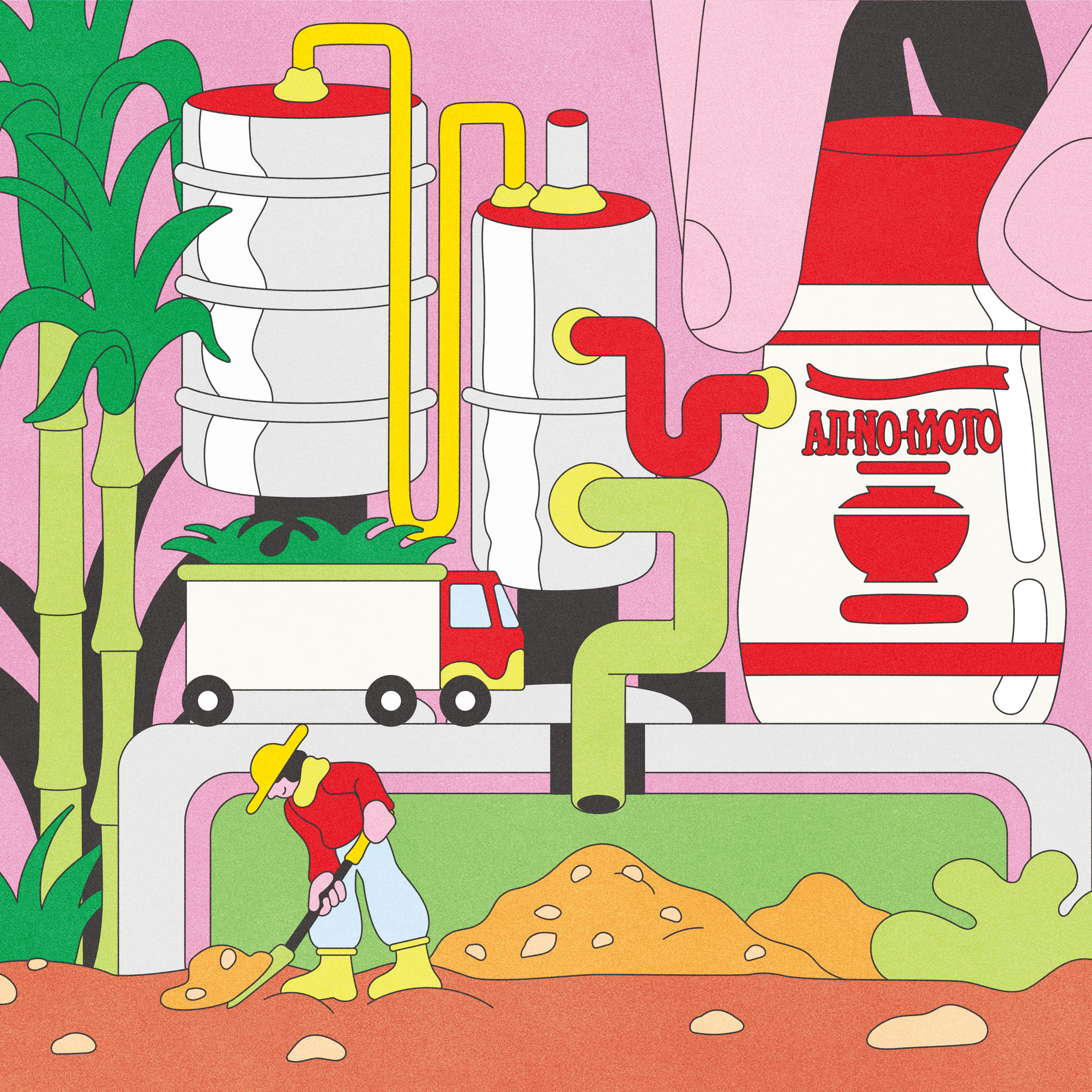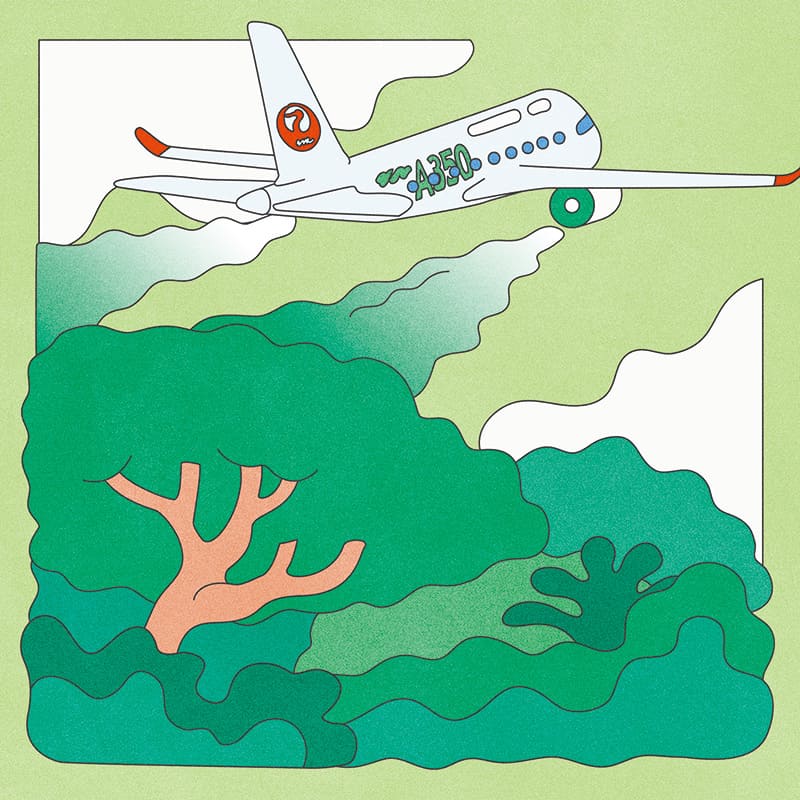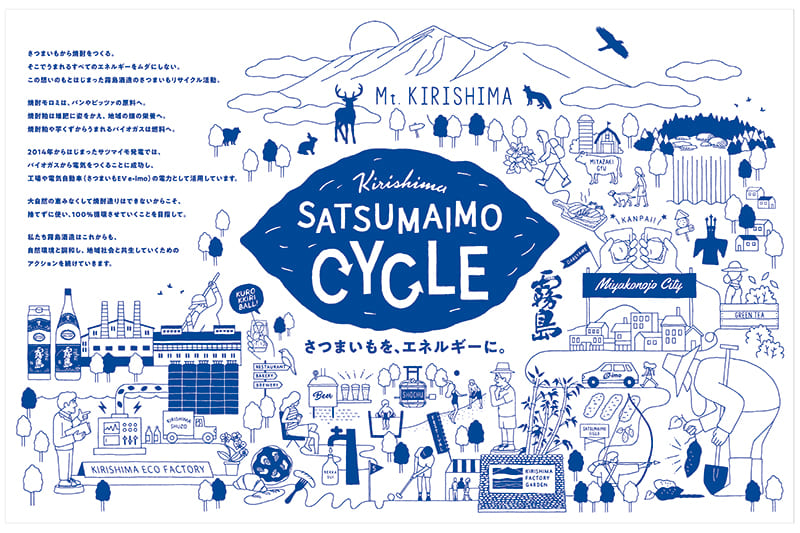October 22, 2021
Japanese food loss initiative starts going global
FOOD

Sakiko Yamada
Sakiko Yamada graduated from the University of the Sacred Heart. She has spent 18 years in the U.S., the U.K. and other countries outside Japan. Yamada is the founder of the Los Angeles-based film production company Splendent Media. In September 2020, she launched and became president and CEO of Food Loss Bank. Yamada is also president of the Academy of Gastronomy Japan.
Food Loss Bank received the Special Jury Award in the ESG division of the 2021 Sustainable Japan Awards, presented by The Japan Times.
According to an Environment Ministry white paper, total food loss in Japan was estimated at about 6.12 million tons per year as of fiscal 2017.
This is about 1.6 times the volume of food assistance provided worldwide by the United Nations World Food Programme, meaning a tremendous amount of edible food is thrown away in Japan alone.
Of this amount, 3.28 million tons is industrial food loss — food disposal by retail businesses like supermarkets and convenience stores. The remaining 2.84 million tons is household food loss.
On average, every resident of Japan is a party to nearly half of the food disposal that takes place in the country.
People in Japan tend to think of food loss as unsold items, and many initiatives undertaken to remedy the problem focus on stores.
At the same time, irregular produce is usually removed from harvested crops, as Japanese consumers are very particular about the appearance of produce. Therefore, food loss that occurs prior to distribution is another area that should be studied.
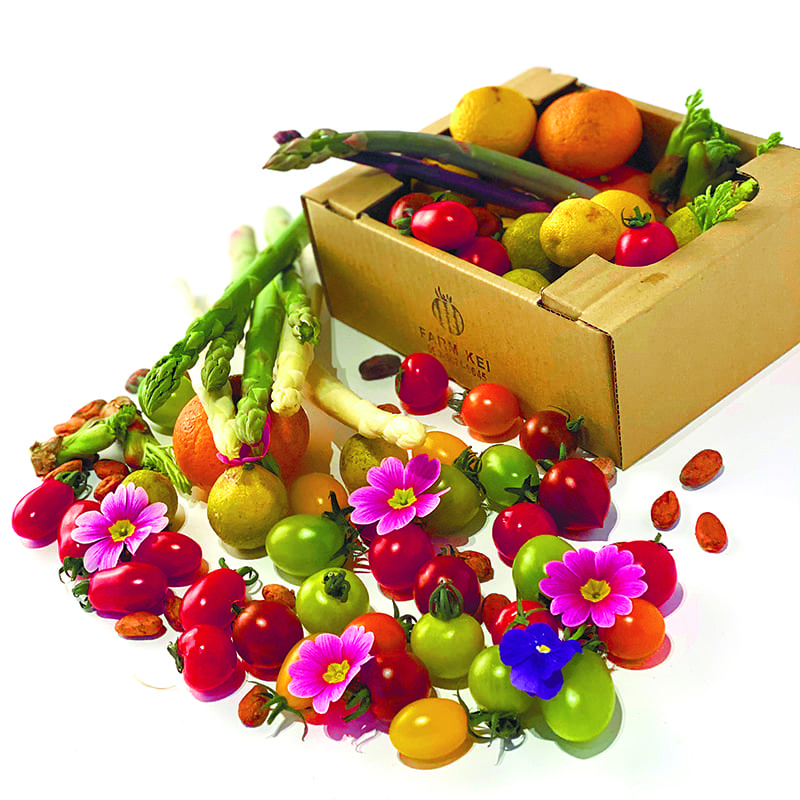
Adding to the problem are the effects of the COVID-19 pandemic, including the sharp decline in food consumption at restaurants and the suspension of some schools’ cafeteria service. Food products have fewer destinations than before.
Food Loss Bank, a company pursuing a new approach to food loss, was established in 2020 with the aim of finding ways to initiate immediate action on this issue.
A project of Food Loss Bank that gained widespread attention was the introduction of a “Loss Food Menu” at Armani/Ristorante, a restaurant inside the flagship store of the luxury fashion brand Giorgio Armani in Tokyo’s Ginza area.
The menu comprises seven dishes made entirely of food products that would not otherwise have found their way into the market simply because they were imperfectly shaped or “irregular.”
Sakiko Yamada, a founder of Food Loss Bank, was the central figure connecting food producers with the restaurant’s executive chef, Carmine Amarante, and bringing the Loss Food Menu into existence.
The issue of food loss is not something most people would associate with the high-end market. So why did Food Loss Bank target this market?
Yamada said, “The project began with the idea that there must be something we could do to help people in the food service industry, who have suffered a huge blow as a result of the pandemic — especially food producers who’ve been struggling behind the scenes. There have been initiatives before now, but this is not an easy issue to solve. I felt that we needed to try tackling the problem in a different way. Instead of selling irregular food products at low prices, I want to make people aware that the quality of irregular food products is just as high. Then I had the idea of working with people who control premium quality in a rigorous way. In other words, rather than target the high-end market, I thought we should work with people and places that have influence in terms of quality. With the Loss Food Menu, I think people have started to view food loss from a different angle.”
Today’s fashion industry is sensitive to the issue of sustainability. If the world’s top-tier players take action, the message will spread faster and the movement will surely accelerate.
“The Loss Food Menu that began in Japan has been endorsed by Giorgio Armani himself, and now discussions have started with a view to introducing the menu at Armani/Ristorante branches around the world,” Yamada said. “When a project comes into being, it doesn’t end there. You need to make sustainability sustainable — in other words, to keep a good initiative going. That’s what I think is really important, so this news makes me very happy.”
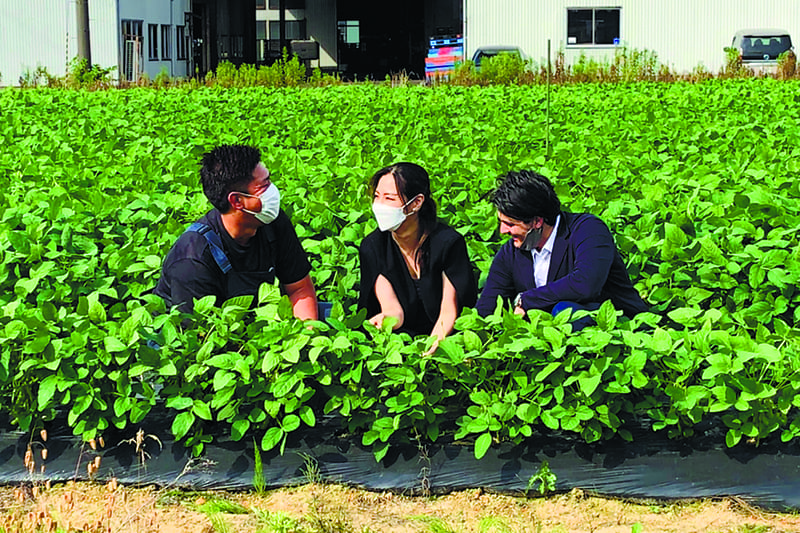
Bulgari’s Chocolate Gems for Sustainability is a Food Loss Bank initiative in which the value of traditional crafts such as washi paper is incorporated into the product packaging. Other activities, such as the prepared food project Ugly Love, are ongoing.
Finally, the connection between food loss and greenhouse gas emissions should not be forgotten. Today, food production systems are responsible for 21% to 37% of total greenhouse gas emissions worldwide, and emissions resulting from food loss and food waste account for a surprisingly high 8% to 10% of that amount. Additionally, the richest 10% of people worldwide are said to cause 50% of carbon dioxide emissions, according to the “Extreme Carbon Inequality” briefing published by Oxfam in 2015. In other words, it is hoped that a message will be sent to the wealthy and that changes in lifestyle can begin from there.
Food Loss Bank is now about a year old. A project born in Japan has the potential to make a worldwide impact.
多くのフードロスを生む日本での食品ロス対策とは。
「環境白書」(環境省発行)によると、日本における食品ロスの推計は年間612万トン(2017年度推計)。この数字は、国連WFPによる世界全体の食糧援助量の約1.6倍に値する。うち328万トンはお店で廃棄処分になる事業系食品ロス。しかし残りは家庭で発生する食品ロスだ。日本の消費者は野菜の形状に厳しいため、一般に不揃いな農作物は間引かれ、出荷以前の段階で食品ロスが起こっていることも注目すべき側面だろう。
2020年、食品ロス問題に取り組む会社〈FOOD LOSS BANK〉が設立された。その活動が注目を集めたのは、「ジョルジオ アルマーニ」銀座旗艦店内のレストランで、フードロス・メニューを登場させたこと。これまで規格外というだけで市場に出ない食材が使われている。その立役者が山田早輝子だ。
「規格外食材だから安く売る、ではなく、不揃いでもクオリティが変わらないことを広く理解してもらいたい。そこで、品質について影響を持つ人・場所で訴えようと考えました」。
Return to Sustainable Japan Magazine Vol. 5 article list page

